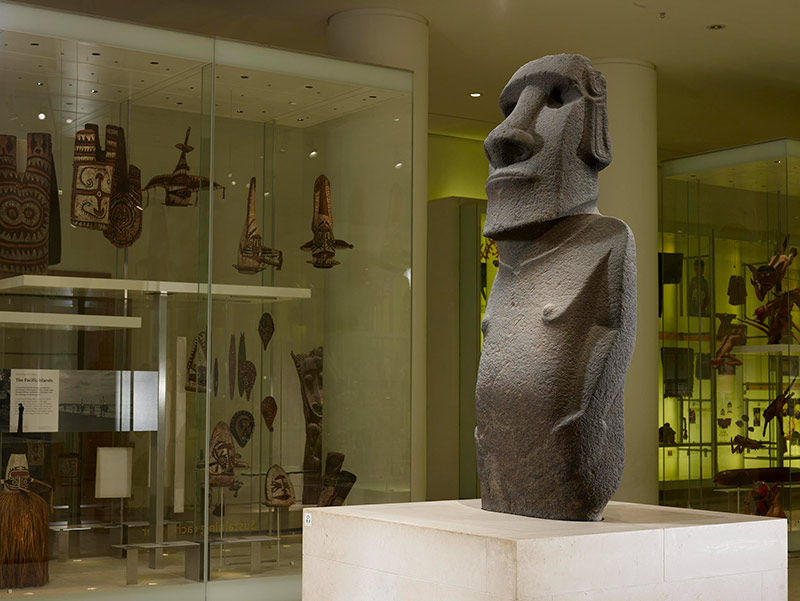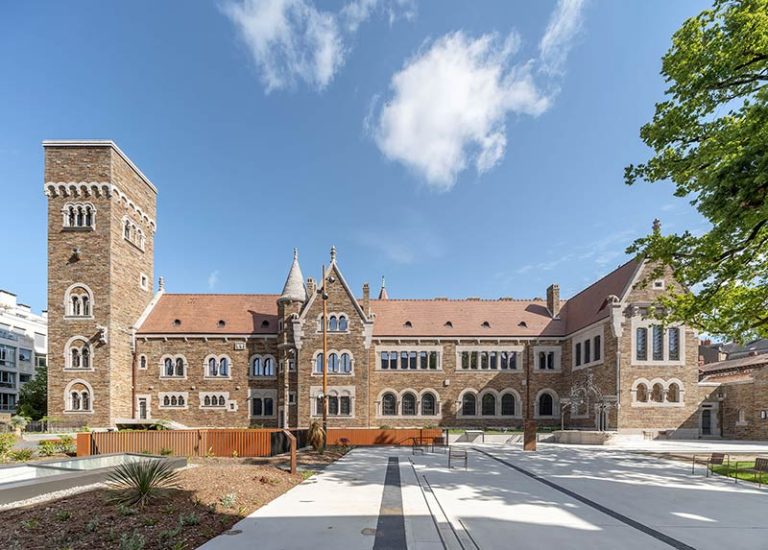The British Museum’s social networks have been assailed for several weeks by Chilean Internet users. They are demanding the return of a moai named Hoa Hakananai’a – which means very aptly “stolen friend” –stolen from Easter Island by an English navigator in 1868 and now on permanent display at the museum. Faced with this flood of messages, the British Museum was forced for a time to close the comments section under several of its recent Instagram publications.
This online campaign, which targets the Instagram account but also the museum’s YouTube and Facebook pages, was launched at the end of January by Haitian influencer Mike Milfort, based in Santiago. The latter urged the million people who follow him to mobilize so that the thousand-year-old monolith can be returned to its original homeland. Chilean President Gabriel Boric himself joined the movement, expressing his support for the cause in an interview with Radio Chiloé and reported by El País.
This public speech was, however, criticized by Pedro Edmunds Paoa, the mayor of Easter Island, who believes that the president “should not politicize something so spiritually and culturally important to the Rapa Nui”as reported The Guardian. He also fears that Mike Milfort’s initiative, which he considers motivated more by self-promotion than by a real interest in the statues, will reduce the moai to a simple internet meme and thus discredit a fight waged for several years.
Following this influx of comments on social media, the spokesperson for the British Museum told the Daily Mail that the museum welcomed the debate, but that it should be “balanced against the need for safeguarding considerations”.
The Chilean territory of Rapa Nui, also called Easter Island, is renowned for its hundreds of moai statues, erected between 1300 and 1650 AD. These imposing stone sculptures are said to contain ancestral spirits. The Hoa Hakananai’a moai is of particular importance to Rapa Nui, being one of the few statues to have been carved from fine basalt rather than volcanic rock. The statue, more than two meters high, which features petroglyphs on its back, was originally located in a sacred house in the village of Orongo, which has become an archaeological site. In 1868, the English navigator Richard Powell took it on board and offered it to Queen Victoria, along with a second, smaller moai named Hava. The Queen then donated the two statues to the British Museum in 1869.
The Rapa Nui have been demanding the repatriation of the two moai to their original ancestral village for several years. In 2018, they had already made a written request to the British Museum to request their return. A meeting between representatives of the island and the museum was then organized. In 2023, the island’s council of elders reiterated the request by writing directly to King Charles III, a letter which remained unanswered.







